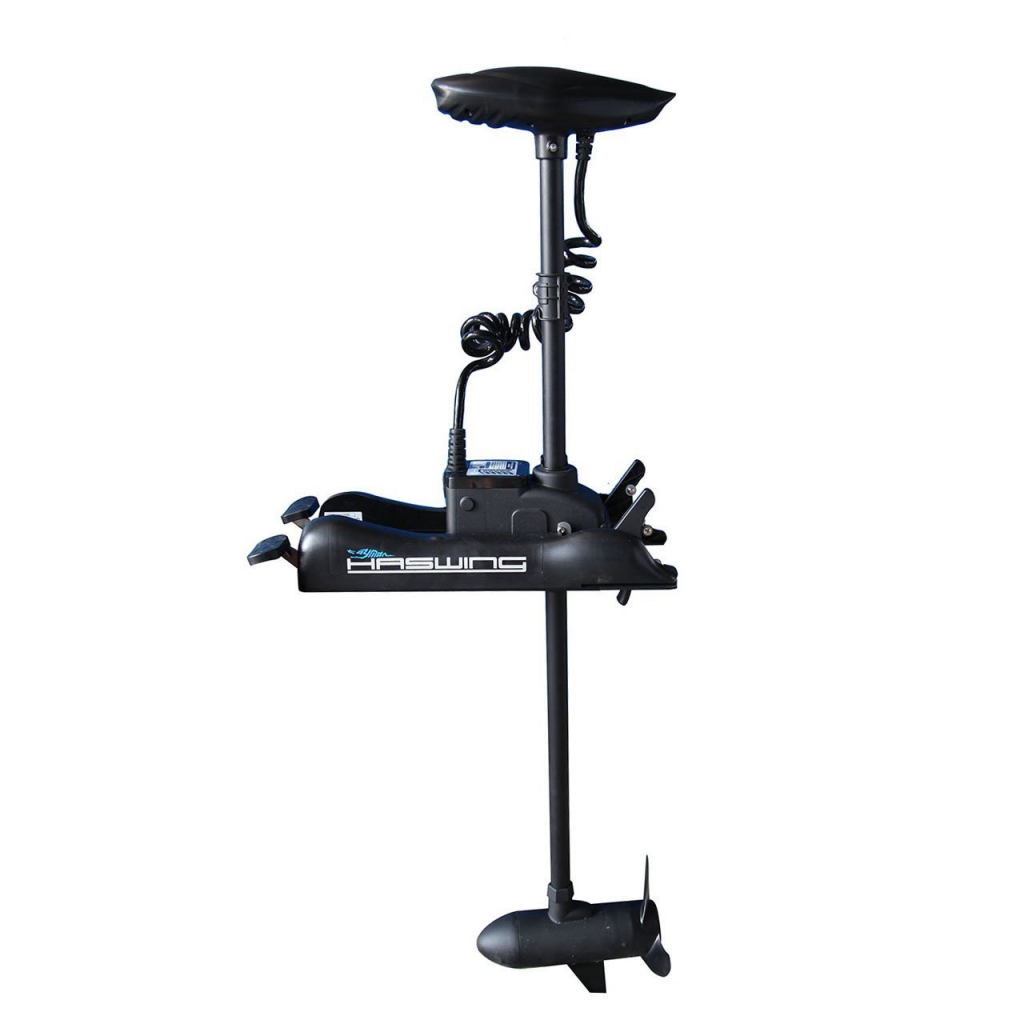A fruitful day of fishing from a boat comes down to cooperation. Your detachable can get you from the shore to the problem area. However, it misses the mark in moving the vessel to where the fish are gnawing.
 That is the point at which a trolling engine joins the group for the score. Electric trolling engines empower you to abstain from scaring fish while holding the pontoon on the spot. You can make the ideal cast into the strike zone, or straightforwardness closer for increasingly viable bait introductions.
That is the point at which a trolling engine joins the group for the score. Electric trolling engines empower you to abstain from scaring fish while holding the pontoon on the spot. You can make the ideal cast into the strike zone, or straightforwardness closer for increasingly viable bait introductions.
They may seem to be comparable, yet not all trolling engines are made equivalent. Picking the best engine for your pontoon boils down to a few elements, including your vessel type and size. The trolling engine should be coordinated to your pontoon, with the goal that both perform at their best. It’s the same as picking a decent pole and reel for the best bait introduction.
Trolling engines of today additionally accomplish something beyond subtly moving the pontoon. Some have geek highlights like GPS joining, and that’s only the tip of the iceberg. That adds much more to consider while picking a trolling engine.
On the off chance that the opportunity has arrived to redesign, or you need to add a trolling engine to your vessel, you have gone to the correct spot. Peruse progressively about how to pick the correct trolling engine for you and your vessel.
Bow mounted
Most fiberglass and aluminum fishing and barge vessels are intended for gear trolling engines at the bow. The engine is darted to the front deck, and the force links are gone through the body/deck sections to the battery compartment. Most are foot worked so you can keep two hands on the pole and reel. Controlling is practiced by squeezing the foot pedal down or up, which makes the engine steer the pontoon every which way. A few pontoons have plate incorporated with the floor that keeps the foot pedal level with the deck. That arrangement gives more secure and surer balance when you are working the engine. You can include a secondary selling plate, as well. Bow mounts are generally mainstream with bass and multispecies vessels, although they can be mounted to barge pontoons, runabouts, bowriders, and saltwater pads and sound pontoons.
Thrust
Consider the trolling engine push as you do pull for your detachable. Rather than MPH, it’s determined by the pounds of water “push” or pushed by the engine. Vessel weight is key while deciding how much push you need. When in doubt, your pontoon needs at any rate 2 pounds of the push for every 100 pounds of completely stacked vessel weight, including individuals and apparatus. If breeze or current are main considerations where you fish, you’ll need some additional push.
Volts
Consider volts like motor removal on your detachable. Volts demonstrate how much battery power your trolling engine requires. More is better, particularly for saltwater pontoons inclined to move in solid tides or seaward rollers. You’ll require one battery for every 12 volts in your trolling engine framework. Here are a few models.
55 lbs. of push or less = 12 volts or one battery
68-80 lbs. of push = 24 volts or two batteries
101-112 lbs. of push = 36 volts or three batteries
You should consider including batteries based on the required push. Remember that vessels intended for various batteries, as a rule, have mounting space accessible for gear.
Shaft Length
Picking the correct shaft length is significant. If excessively short, the prop won’t be adequately lowered. The engine area ought to be lowered at any rate 12 crawls underneath the outside of the water.
Here are a couple of more things to search for when settling on your official conclusion:
Composite or tempered steel shaft will suffer stun and rise to mishandle superior to more fragile metals.
Ensure the prop is weed-less, and that sharp trade edges are accessible for your particular model.
Guarantee that the mount is hardcore and solid. The less plastic parts it has, the better.

If you plan on utilizing the foot-control pedal from anyplace in the vessel, ensure the link is an adequate length for the size of your specialty.
Trolling engines add a new measurement to fishing. Idealizing pontoon control, distant fishing territories, and keeping up a quiet methodology will guarantee included pleasure and more fish for the fisher ready to analyze. Shop around, look into https://trollingmotorsguide.com/take each style for a test drive, and focus on detail — flag days on the lake anticipate you.